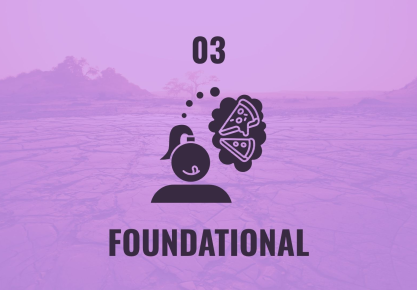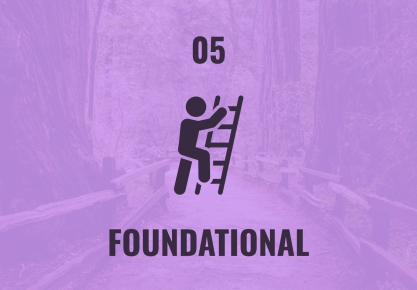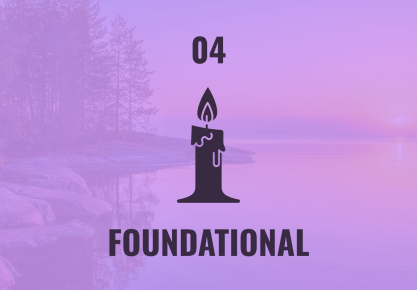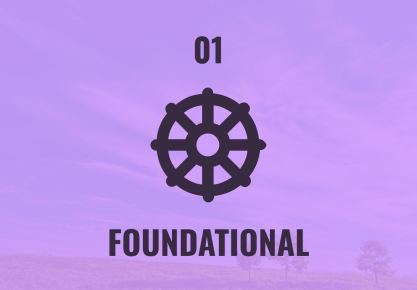If you’re new to the Dharma, we recommend starting with the foundation: Read Post 1: What is Buddhism?
In Post 1, we introduced the Buddha, the Awakened One, who discovered his path after facing the raw, unavoidable realities of human existence. The truth he uncovered is the central pillar of the Dharma, forming the framework for all mindful living: the Four Noble Truths.
This is the second article in our Foundational Series. Here, we tackle the starting point: the diagnosis. We must look clearly at the problem before we can find the cure. The First Noble Truth states simply that life involves suffering, or Dukkha.
Welcome to Post 2 of the Skylike Minds Foundational Series.
The Misunderstood Word: What Dukkha Truly Means
When translated into English, the Pāli word Dukkha is often rendered as ‘suffering’, which can sound bleak. This is a common point of confusion for beginners. If Buddhism is about peace, why does it start with such a heavy idea?
The real meaning of Dukkha is much broader and gentler than just physical pain or sadness. It is better described as feeling unsatisfied, stressed, uneasy, knowing things do not last, or having something wrong at the core.
The best analogy is a wheel with a slightly bent axle. While the wheel is turning, the ride is perpetually bumpy, noisy, and uncomfortable. You might stop for a moment of quiet enjoyment, but the axle’s fundamental flaw means instability is always present, waiting for the ride to continue.
Dukkha is that fundamental instability. It is the deep, pervasive sense that something is missing, incomplete, or wrong, which drives our constant seeking and restlessness.

The Three Manifestations of Dukkha
The Buddha explained Dukkha in three types to help us see it in our lives. As people learning this, we need to notice these three forms, which go from very clear to very hard to spot.
1. Dukkha of Pain (Dukkha-Dukkha)
This is the most overt and simple kind of suffering, covering direct physical and mental pain.
- Physical Experiences: The pain of illness, injury, and ageing; the discomfort of exhaustion; or the tension of a headache.
- Emotional Experiences: The immediate distress of heartbreak, the ache of loss, intense fear, or raw anger.
This form of Dukkha is self-evident. It is the immediate pain that every living being seeks to avoid. While necessary, acknowledging this pain is only the first step.
2. Dukkha of Change (Viparinama-Dukkha)
This kind of suffering comes from the fact that good things do not last. The pain is not from the joy itself, but from the sadness, worry, or fear we feel when that joy ends.
- Attachment to Pleasure: We become attached to the taste of food, the comfort of a warm bed, or the feeling of being loved. We want these feelings to be static and permanent.
- The Inevitable Loss: Because all conditioned things must change, the pleasure fades, and our attachment to it turns into the pain of loss. That pain is the Dukkha of Change.
Viparinama-Dukkha shows us that any happiness based on things outside of us (things that can change) is always shaky and will ultimately leave us unsatisfied.
3. Dukkha of Conditioned States (Sankhara-Dukkha)
This is the most critical and complex type to understand, because it is at the root of ignorance and the path to knowledge. It is the quiet, ongoing feeling that something is not quite right, no matter if we feel good or bad at that moment.
Sankhara-Dukkha exists because everything we know, our body, thoughts, and feelings, is made up of parts that are always changing and depend on one another.
- The Illusion of Solidity: We search for a permanent, stable “self” or “thing” in a world of constant motion. Sankhara-Dukkha drives this search.
- The Low Hum of Unease: This Dukkha is the background noise of life: the feeling of restlessness, the boredom that drives us to scroll on social media, or the subtle sense that something is missing even when we achieve our goals.
Mindfulness is meant to help us see and break apart this third, quiet kind of Dukkha.
Why Acceptance is the Ultimate Act of Optimism
To a beginner, dedicating an entire post to suffering can seem counterintuitive to the goal of inner calm. However, fully understanding Dukkha is laying the foundation for deeper work and mind training later on.
Escaping the Denial Trap
Most of modern life is built around ignoring Dukkha. We look for distractions, try to be perfect, and try to block out pain. Ignoring Dukkha causes two big problems:
- Exaggerated Pain: When inevitable pain arrives (sickness, loss), our shock and resistance magnify the suffering.
- Unquenchable Craving: We constantly strive for the “perfect” external conditions, only to be disappointed when they dissolve, falling victim to the Dukkha of Change.
The First Noble Truth is a moment of clear-sightedness: This is what is. Only by accepting the bumpy nature of the wheel can we begin to change how we react to it.
“It is not the pain that is the problem. It is your resistance to the pain.” — Buddhist Proverb.
The True Meaning of Buddhist Happiness
Buddhist teachings do not deny the existence of happiness (sukha); they simply point out that conditioned happiness (happiness based on possessions, health, or relationships) is unstable.
True peace is not about having no pain, but about building a strong mind that does not get upset when pain or change comes. This is what we call the Skylike Mind, which stays wide and clear no matter what troubles pass by.
The Practical Application: Recognising Dukkha in Your Day
We apply this wisdom not by intellectualising, but by observing. The goal is to notice Dukkha in real time, not to wallow in it.
1. Observe the Dukkha of Change (Viparinama-Dukkha)
Take time today to pause and observe pleasant moments:
- The enjoyment of a warm drink.
- The feeling of accomplishment after a task.
- A brief moment of quietude.
When the feeling begins to fade, note it mentally: “Change,” or “Impermanent.” This simple practice trains your mind to accept that endings are part of the flow, reducing the emotional pain of loss.
2. Investigating the Subtle Unease (Sankhara-Dukkha)
This requires honest reflection on what drives your restlessness. The next time you feel the urge to seek distraction (checking social media, overeating, buying something unnecessary), pause for a moment and ask:
- What is the low-level tension or unmet need that is driving this urge?
- Am I looking for permanent satisfaction in a temporary object?
This moment of looking closely helps you see the quiet truth of feeling unsatisfied. You will probably find that the feeling is just that: a passing feeling of unease, not something that needs to be fixed right away.
The Philosophical Core: Dukkha and the Five Aggregates
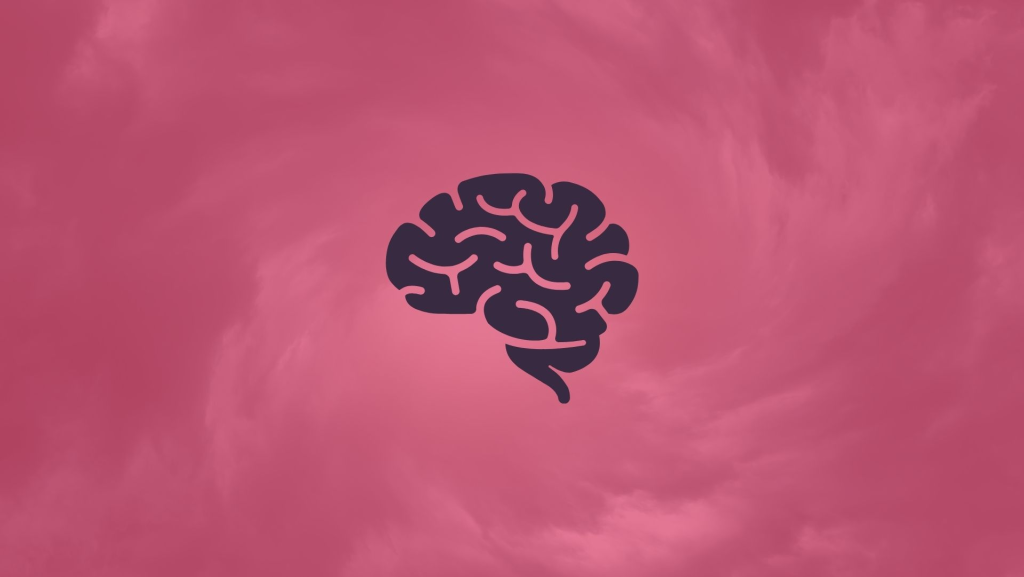
For those seeking deeper insight into the philosophical depth of the Dharma, Dukkha is rooted in the Five Aggregates of Clinging (Khandhas).
The Buddha taught that what we perceive as “us” or “self” is actually a constantly shifting collection of five elements:
- Form (Rupa): The physical body and external matter.
- Feeling (Vedana): Pleasant, unpleasant, or neutral sensations.
- Perception (Sanna): Mental labelling and recognition.
- Mental Formations (Sankhara): Thoughts, habits, and intentions.
- Consciousness (Vinnana): Awareness itself.
We suffer because we cling to these five temporary aggregates, mistakenly believing they constitute a permanent, solid “Self.” Since all five aggregates are constantly changing (Dukkha of Change), the illusion of a permanent Self is perpetually frustrated, leading to Dukkha.
The First Noble Truth helps us see that clinging to the impermanent aggregates is the problem, not the aggregates themselves. This realisation lays the groundwork for the later teaching of Non-Self (Anatta), which we will cover later in Post 9.
The Bridge to Post 3: Finding the Source
By accepting the reality of Dukkha, we gain the clarity needed to ask the vital question: If suffering is everywhere, what is really causing it?
The First Noble Truth is the essential first step, leading directly to the Second Noble Truth: the root of all suffering is a specific, solvable mechanism known as Craving. This is where we stop diagnosing the problem and start looking for the disease’s origin.
Continue your journey with Post 3: Our next article explores the mechanics of dissatisfaction and answers the essential question: The Second Noble Truth: The Root of Craving (Samudaya) Explained. Read Post 3 Now

